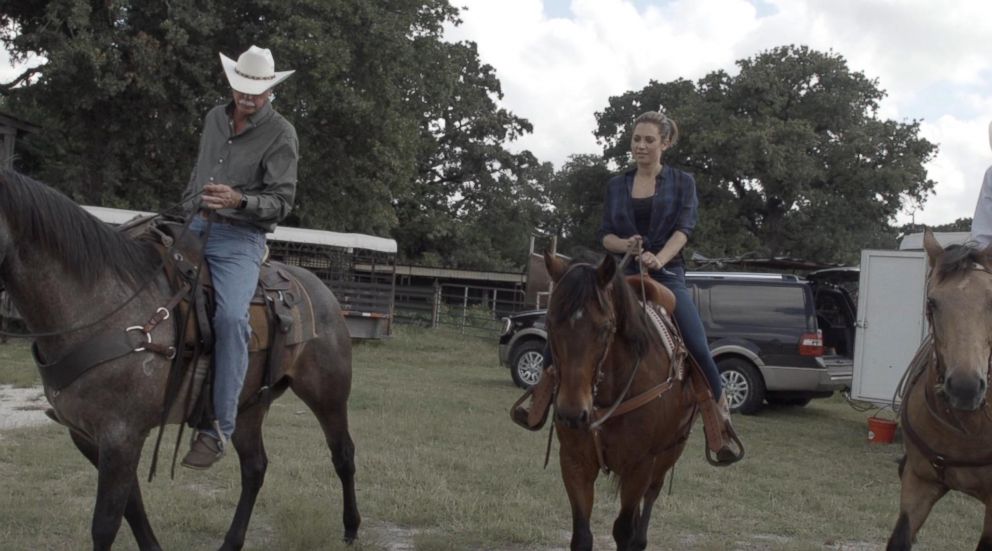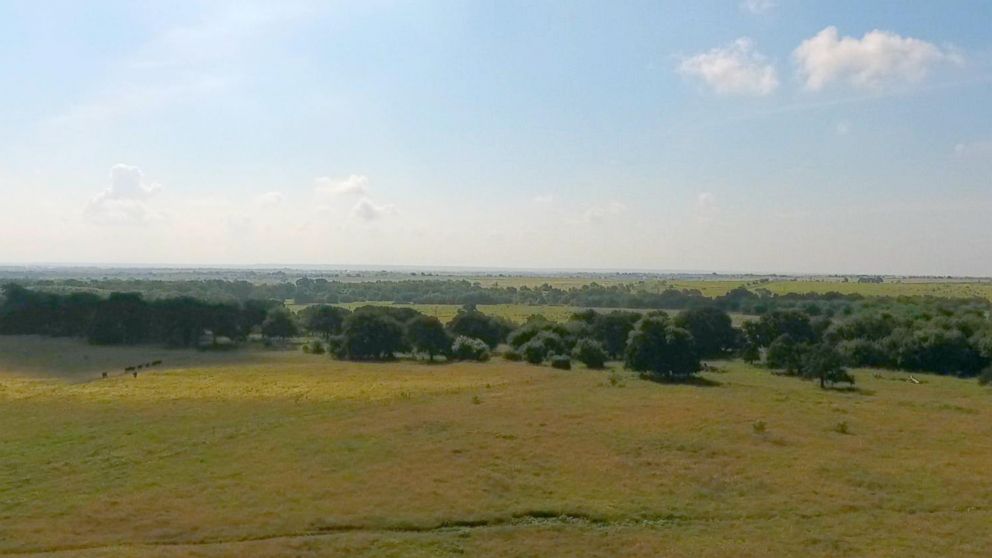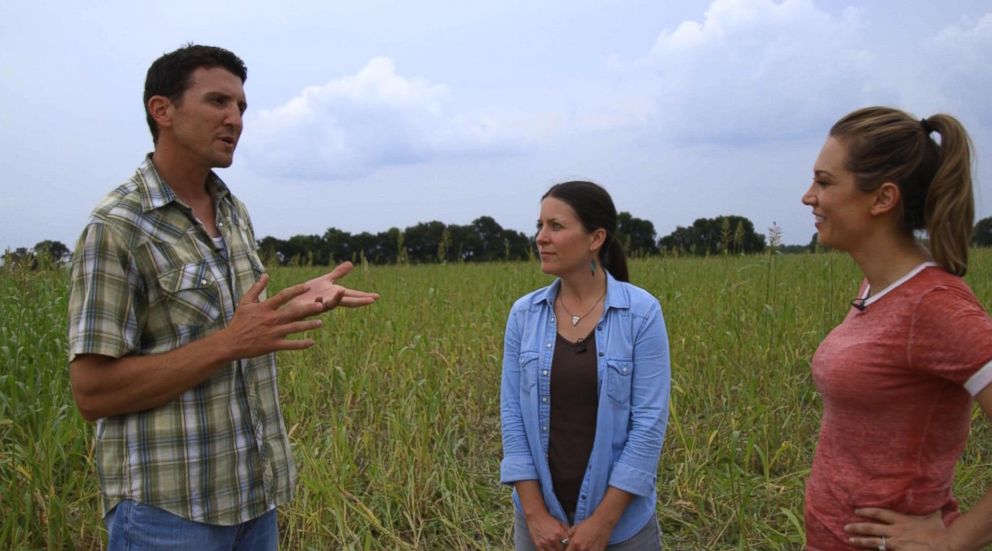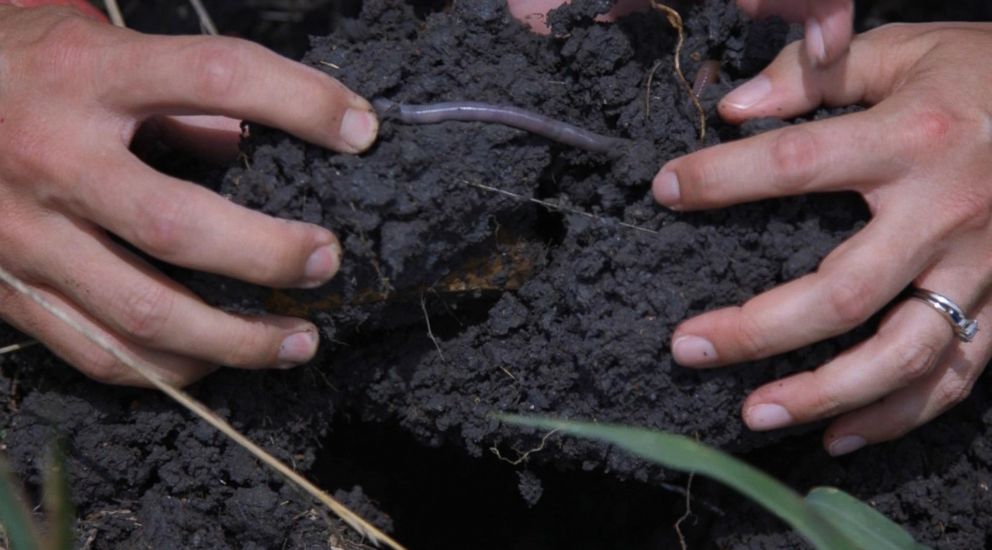Drought-stricken Texans turn to cows to save their farms
Drought-stricken Texans turn to cows to save their farms.
— -- How does a cattle farmer from Texas withstand a drought? In the summer of 2011 as oppressive heat and drought hit Texas, grasses were dying and cows were running out of food to eat. To save their cattle, ranchers were forced to truck their cows to fields of healthy grass.
But as several farms were turning to dust, cattle rancher Jon Taggart of Grandview, Texas, continued run his business.
“I'm proud to say that we harvested cattle every week of the year through that entire drought,” he told ABC News.

How did Taggart stay open while other farmers were struggling?
“The reason was because we planted those deep-rooted native grasses that were designed by somebody a lot bigger than us to survive those droughts,” he said.
Taggart has been raising grass-fed and grass-finished beef since 1999 and owns three stores in Texas called Burgundy Pasture Beef.
While most beef that is sold in stores is finished on grain to fatten them up, Taggart and a small but growing number of farmers are feeding their cows grass exclusively for their whole lives.
That makes the grass as important to the farm as the cows themselves.

“We want an extremely diversified plant population: warm season grasses; cool season grasses; grasses that germinate early; grasses that germinate later.”
That diversity of grass has kept Taggart’s soil healthy even as Texas faces droughts. The grasses ability to hold on to water when it rains has helped keep his farm healthy.
As drought and heat hit Texas, more farmers have followed Taggart amid the starved soil. Jonathan and Kaylyn Cobb were ready to sell their family ranch until they learned that focusing on soil health could breathe life back into the land and save their family farm.
The Cobbs’ had put their farm on the market until a sixth-generation cattle farmer, Dr. Allen Williams, told them about entirely grass-fed beef could revive their soil through rotational grazing.

Rotational grazing starts with farmers breaking their land into paddocks, or plots of grass, and they move the cows from paddock to paddock to eat the grass. Sometimes, they’ll move the cows multiple times a day, depending on the season.
This strategy revitalized the soil that was once unusable because of the droughts in Texas that have been hard to bounce back from.
“It used to be thought that you had to use a plow and till the soil up so you could get oxygen in there,” said Jonathan Cobb. “Every time you’re doing that, you lose that aggregation and just have powdery soil.”
Soil health is crucial to a successful farm, no matter if the cattle is grain-fed or grass-fed.

“Whether we’re finishing it on grain or grass, I want every farmer and rancher that is growing livestock to adopt these adaptive grazing practices, and to build their soil organic matter and soil health because this is going to make a whole sea change in the way our soil functions,” said Williams.
In this episode of “Food Forecast,” we meet the beef producers that made the transition to grass-fed and finished during the trying times of the Texas drought.
For more stories from ABC News' "Food Forecast" series, download the ABC News App on iOS or Android.



